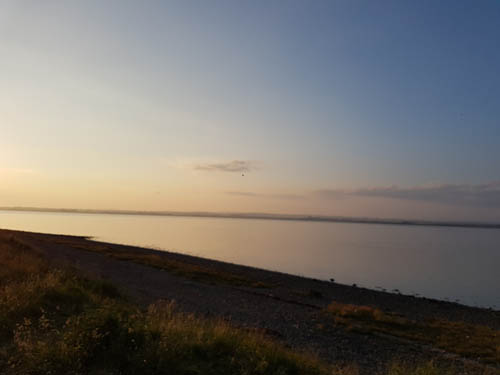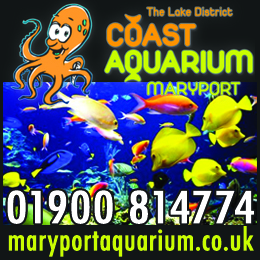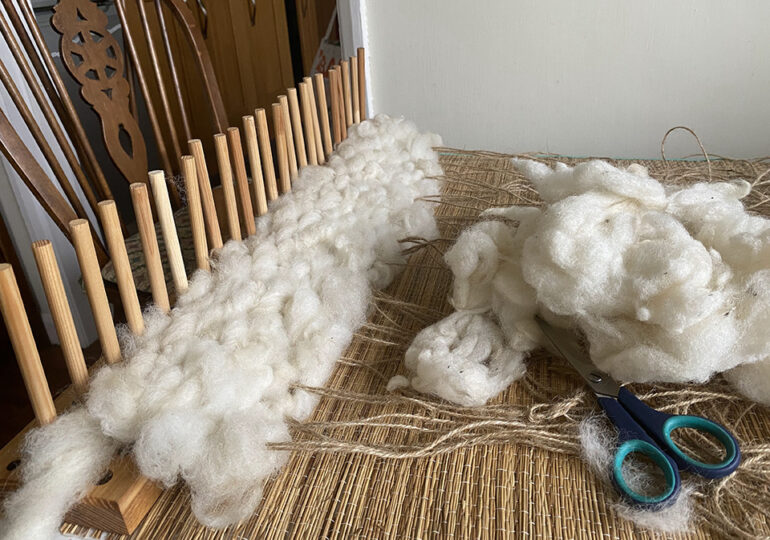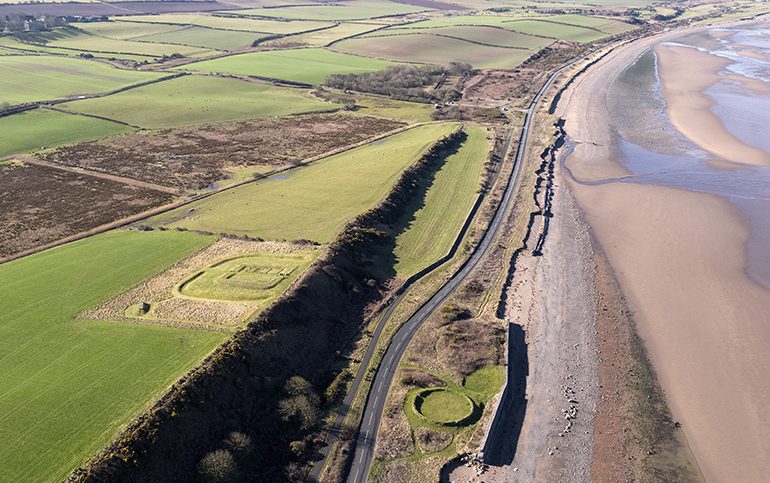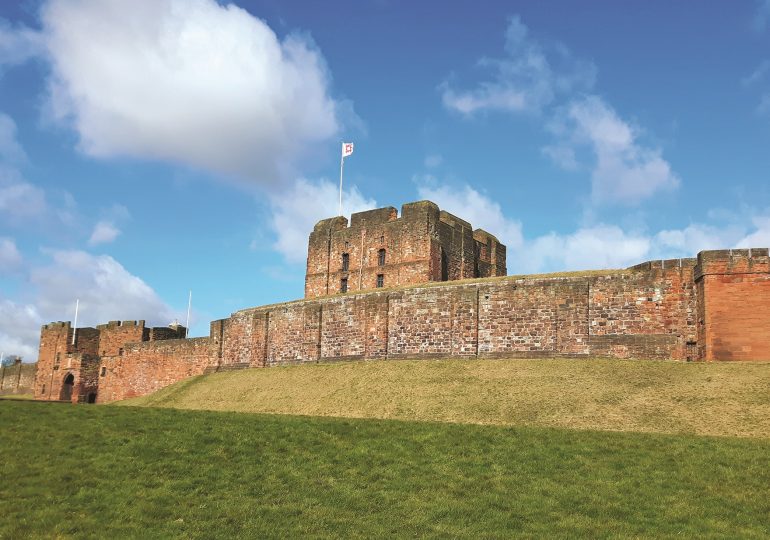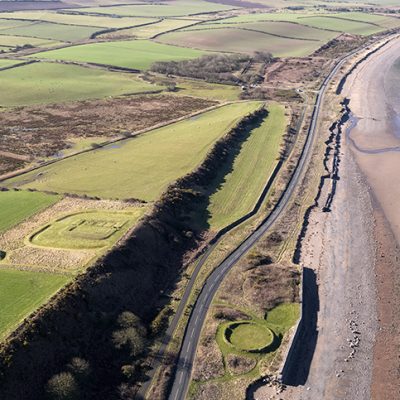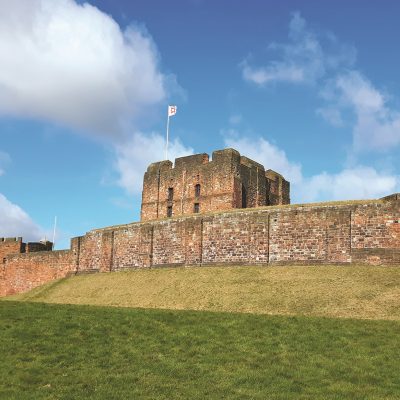Solway Coast: The Final Frontier
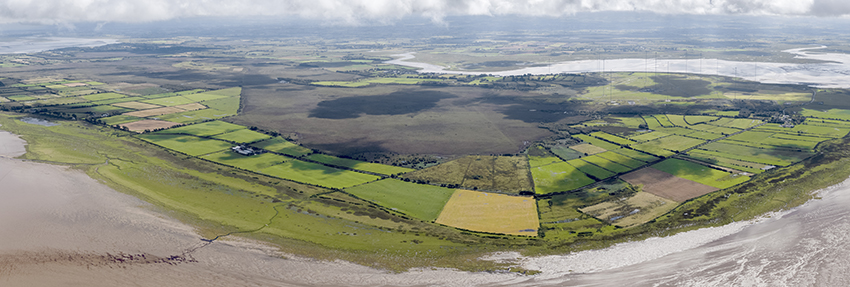
People assume there’s not much west of Carlisle other than the Solway Firth.
However, the space between the city and the sea is crammed with history. This stretch of coastline is home to nature reserves and remnants of the counties only shipping canal. It was once the furthest edge of the Roman empire and the place a feared English monarch passed away.

As a designated ‘Area of Outstanding Natural Beauty,’ you would expect to fight your way through hordes of tourists but once you pass outside the city, the crowds drift away with the modern world as you delve into the ghost of Britain’s past.

Keep an eye out for the remnants of the Carlisle Canal as you head north-west out of town. The canal follows a similar line to the Roman wall and ditches or raised embankments are easily spotted. On the way to Port Carlisle, you will see a number of original canal bridges, an old warehouse and a lock cottage.
It’s a fascinating snapshot into a bygone era.
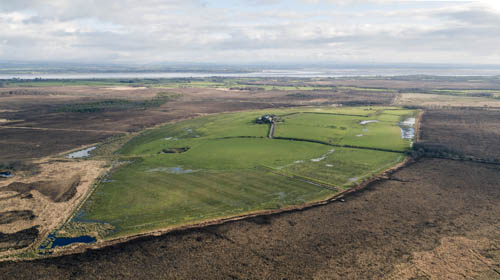
Detour to the monument of Edward I which guards the estuary of the rivers Esk and Eden. Found at the bottom of a country lane, the memorial looms in a distant field. It marks the death-site of the medieval monarch who initiated the Hundred Year War against France and was a prime architect of three hundred years of war with Scotland.
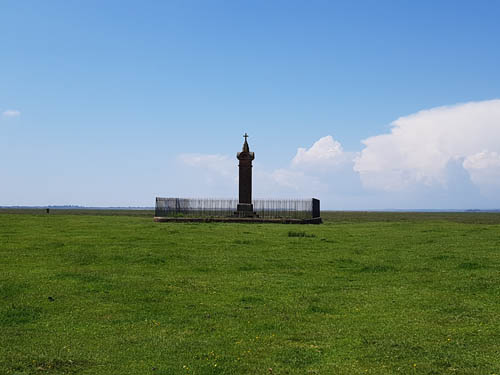
It’s surely the loneliest historical marker in all of Britain and after trekking across fields, visitors are barricaded from the monument by an imposing spiked fence. It feels like a fruitless end to the pilgrimage but it’s made up for the vast stretches of surrounding marshland.

You can imagine Edward’s army camped on this deserted site and if you listen closely, you can almost hear the collective sigh of the men who did not need to cross the Solway and fight the Scots when dysentery claimed their kings’ life.
In this part of the world, fortified farmhouses are evidence of Scottish raiding that was everyday life.

At Port Carlisle the canal entered its final locks, the last has long since been filled, while an isolated wharf sits out in the Solway’s waters.
Fisher’s Cross was renamed Port Carlisle when the canal was opened in 1823 and it became the starting point for the 11 mile, 8 lock canal. It was a success but it was very short-lived and by 1826 the train put an end to goods plying the canal.

A passenger service was popular and the Solway Hotel was built to accommodate visitors. However, further encroachment by the railways meant the canal’s heyday was soon over. It closed after 30 years of service, having seen a fast rise and a faster decline. The canal bed was filled and the railway plied the route until it was closed in 1932.
Further on we find the Roman fort of Maia, now known as Bowness-on-Solway. Maia was the final fort at the western end of Hadrian’s Wall and stood on a cliff that rose steeply from the shore. The name ‘Bowness’ means ’rounded headland’ and gives an indication of how the fort commanded a view of the nearby coastline.
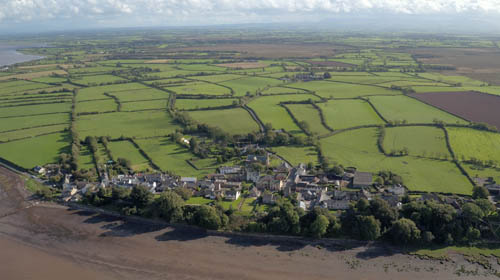
Continuing west and the protection of the wall fades. It feels like you’ve entered a forgotten world when you’re forced to get out the car and open a farm gate across the main road.
Here you’ll find RSPB Campfield Reserve, it is a beautiful space and not just for bird watchers. With a children’s discovery area it’s also home to the Solway Wetlands Centre, which is full of information to help visitors explore.

Further on and the 13 radio antennas of Cardurnock dominate the landscape. These isolated towers are used to communicate with submarines, and since 2007, they have broadcast the ‘pips’ signal that marks the hourly time on the BBC.
The masses head for the cosy valleys and imposing fells further south but to really experience life on the frontiers you need to get lost along the shores of the Solway.
For more information on the area visit www.solwaycoastaonb.org.uk
Images by Solway Coast Area of Outstanding Natural Beauty/James Smith Photography
